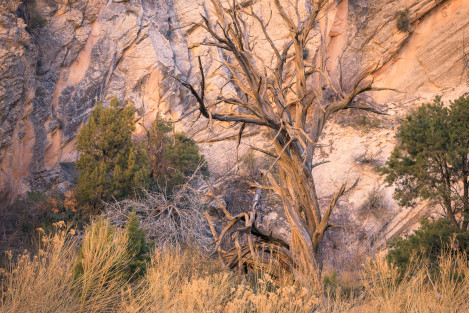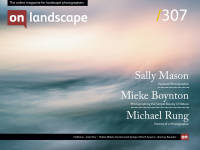How to hone in on what we love to photograph

Matt Payne
Matt Payne is a landscape photographer and mountain climber from Durango, Colorado. He’s the host of the weekly landscape photography podcast, “F-Stop Collaborate and Listen,” co-founder of the Nature First Photography Alliance, and co-founder of the Natural Landscape Photography Awards. He lives with his wife, Angela, his son Quinn, and his four cats, Juju, Chara, Arrow, and Vestal.

I recently heard a fellow landscape photographer express his disdain for smaller scenes like trees or bark, stating they only enjoyed photographing the aftermath of storms in epic light. This comment got me thinking about how we develop our preferences for specific subjects and how this discovery process makes photography exciting and enjoyable. While I love photographing a wide array of subjects, I have found myself gravitating more and more to smaller, intimate scenes over the years; however, I’ll photograph a clearing storm any day of the week, too!
On a recent podcast recording I did with Michael Rung, we discussed this subject along with many others, and I thought it was worth a deeper dive, specifically relating to Michael and his fantastic photography. In our conversation, Michael discussed the nuances of his journey, which started with him using a phone camera to capture wide-angle scenes in Ireland while on vacation. His preferences are now multi-faceted and have been developed over many years, with his work slowly improving in quality and consistency. I think further examining how this happened is worthwhile and may help other photographers who may be struggling to find their voice and vision.

